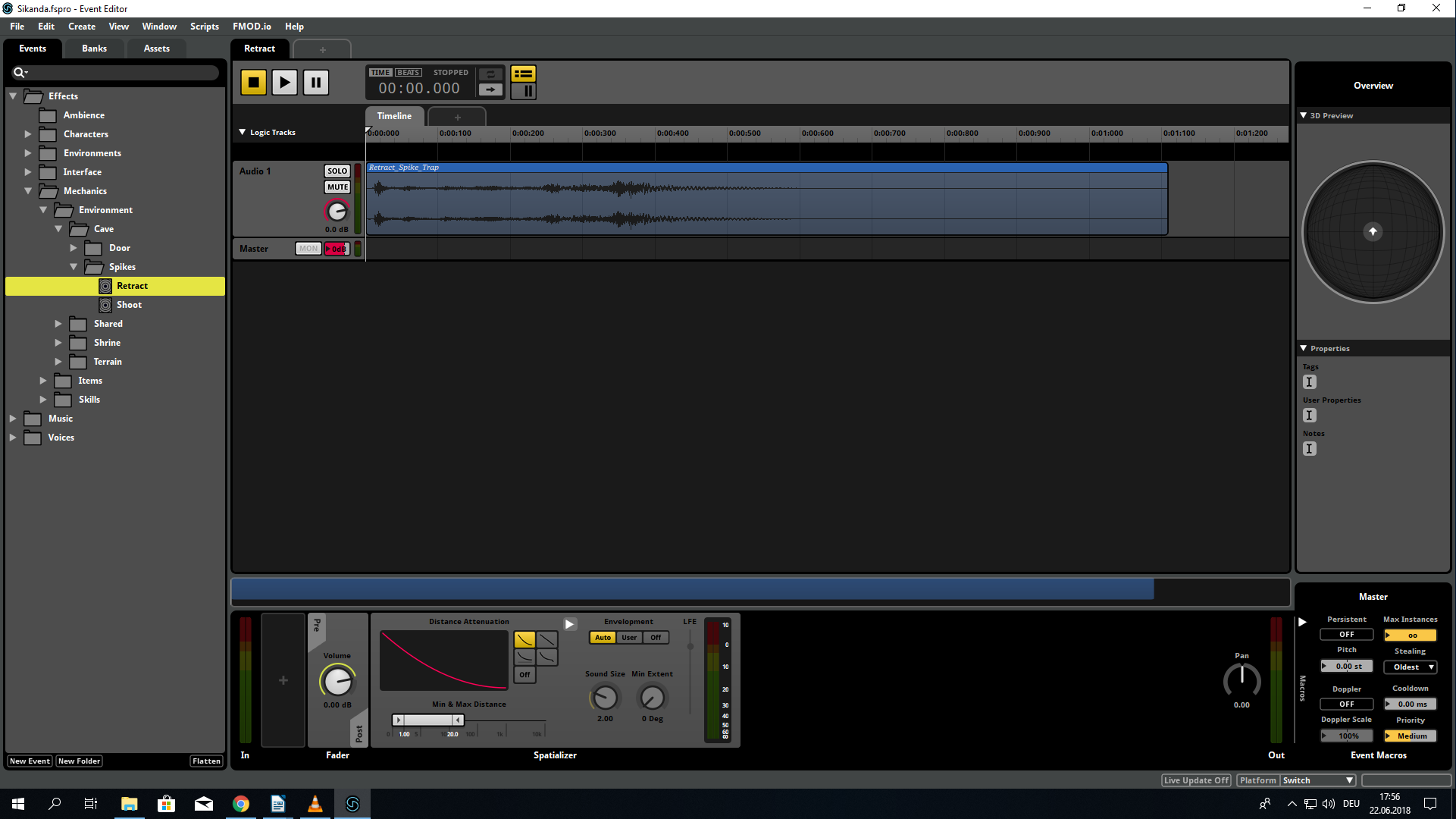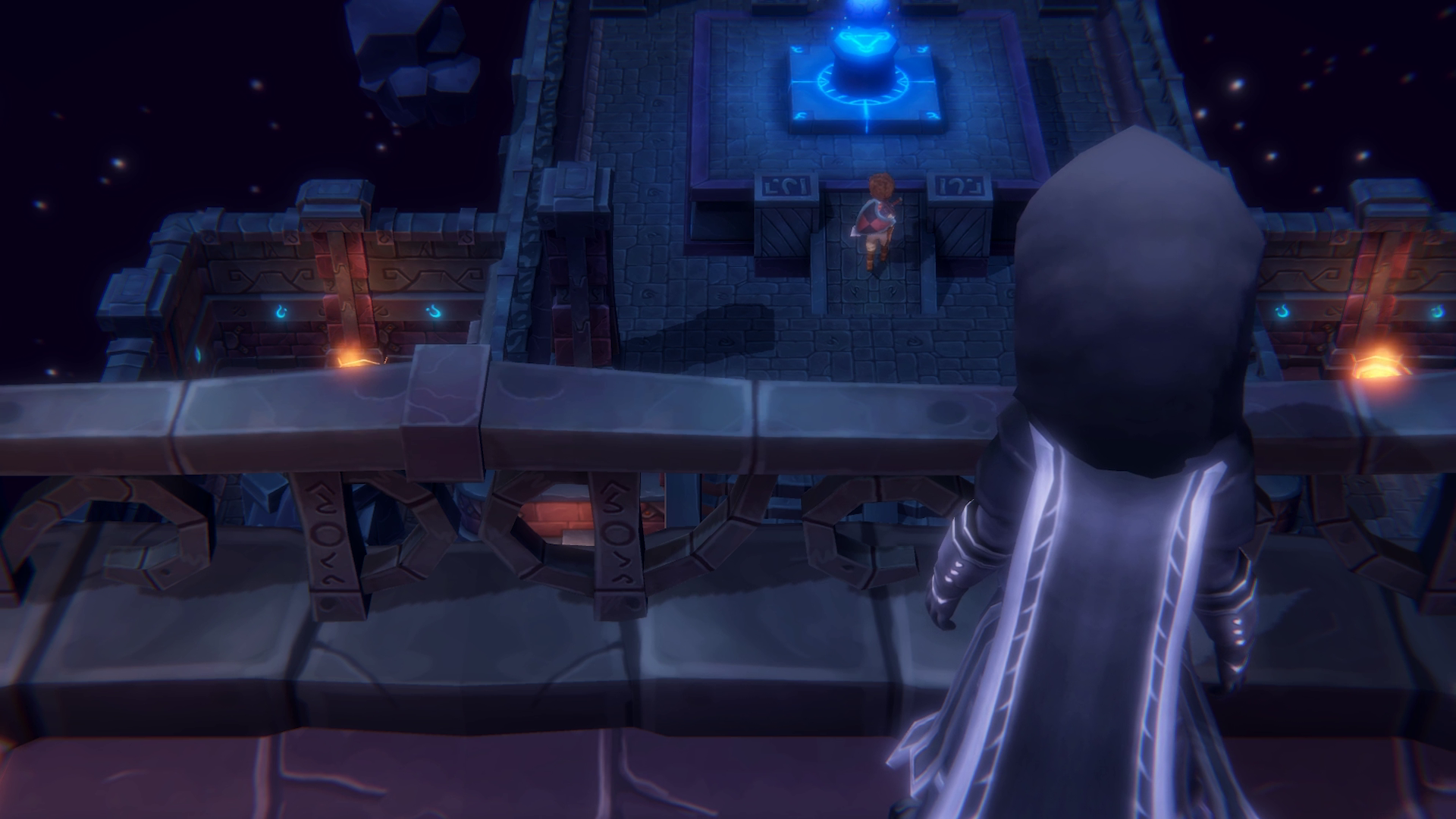Here comes my first devlog for our project SIKANDA – and in general my first blogpost ever. This might sound weird in 2018, especially since I'm considering myself as a digital native. I'm actually more of a "behind the scenes" guy who loves to take great responsibility and passion for a project in the background. However, since SIKANDA is the project that I personally initiated and pushed forward, I came to the conclusion that I should share my thoughts and motivitions behind everything I do to the public. If this could help other developers to get new perspectives on certain questions, I would be pretty happy to hear about! Also, for the gamers, I'm glad to shed some light on the development process and the decisions made regarding everything related to SIKANDA. I hope you will enjoy it!
My first subject is the process of creating SIKANDA trailer #2. You might ask why not start with the first one? Well, this article is also a post-mortem analysis of trailer #1. I'm going to explain which mistakes we made and how this led to the decisions for the second trailer. Before going into details, I'd like to show you the results. You will also find the first trailer at the end of this post.
After finishing the first trailer, we found some issues with pacing and the overall structure. Without any idea on how to make trailers apart from the technical steps involved, I went on by defining a sequence of scenes, wrote it down and sent it to our composer who also agreed to cut the recorded footage. My concern at that time was that there is not enough content in the game to fill up a 150 seconds trailer, so we started off slowly and added some screens of still images with artworks and logos. 150 seconds, however, is pretty long for a trailer, especially when it comes to lesser known indie game projects which basically should aim for getting attention from the very first second. In the end, there was plenty of footage to choose from and we ended up putting in some secondary features, e.g. the day-night-cycle, just to show everyone how many features we have already implemented. This, however, really slowed everything down and the final video was more like a demo reel than a trailer. Furthermore, while we showed off all this stuff in the trailer, we completely missed out to explain what "Sikanda" actually is. You couldn't tell by just watching.
Another issue were sound effects, or – more precisely – the absence of those. Due to time constraints I haven't done lots of research on best practices when it comes to recording game footage. A standard way of doing this within Unity is to render a PNG screenshot for each frame and combine them to a video later (for example, with "ffmpeg", a CLI tool that is available for free). To make this work you will have to set a parameter called "Time.captureFramerate" in your game code which will slow down execution within Unity editor in order to render image sequences for a constant video framerate. The downside of this approach is the complete lack of any audio in the footage because you will only get PNG files to work with. Didn't matter much though because at that point our game didn't have much sound effects included either.
When I was about to prepare our second trailer, I got in touch with several professional trailer editors and each one of them pointed out that the lack of sound effects in the first trailer is probably its biggest issue (even bigger than the slow pacing and the missing explanation of what "Sikanda" is). Before starting the production of the next trailer, we spent more than two weeks including a basic setup of sound effects in the game for the first time. We also integrated FMOD as audio middleware because it is more advanced than Unity's built-in solution and provides an amazingly efficient workflow when it comes to collaboration with sound designers. For recording I used Unity again when I took cinematic shots of scenes which didn't use sound effects (e.g., the towers). Everything else was recorded by a dedicated HDMI capturing device while the game was running on the Nintendo Switch development hardware.
To improve on pacing and structure, we hired Adam Marshall, a professional trailer editor. His concept for a new SIKANDA trailer was completely different than mine and it actually helped a lot to see things from a different perspective, not only when it comes to the trailer, but also on how to sell the idea of the game to others. We decided to explain very early on that "Sikanda" is a mystical pendant that can be transformed into powerful weapons. Within the first 30 seconds we also introduced quite a lot of the game world and its inhabitants to show players what they can expect from this adventure. We went on to give a more in-depth explanation of the game mechanics revolving around Sikanda and, of course, the battle system. The trailer concludes by teasing the main villains and evoking a feeling of threat. This should urge viewers to help the hero during his journey.
I'm really happy with the outcome, it feels so much more exciting than anything we showed off before. I want to thank Adam for his awesome work on cutting and editing the trailer as well as our composer and sound designer Robin for writing the music and handling everything audio. Both worked together excellently to put my loose collection of random footage into this masterfully crafted piece of cinematics. However, it was not made to impress ourselves, so I hope you like it too and it does fulfill its purpose while you are watching it :)
These are my insights. Keep in mind that I'm not a trailer expert, I'm just sharing the things I've learnt so far. When you want to make a trailer for your indie game, consider the following points:
- A trailer is not about features, it's about emotions. This could be excitement, nostalgia, delight or whatever you want to accomplish.
- Tell the audience what the game is about (and what's the meaning of the title) early on. If they can't get an idea soon enough, they will probably never find out that this is a game they would like to play and just move on instead.
- Never underestimate the role of sound effects in a game!
I hope you liked this devlog! I'm happy to hear your comments and if you want to know more, don't hesitate to ask! Also, if you like SIKANDA, please follow us on Facebook and Twitter to get updates on a regular basis!
As promised, here is the first trailer of SIKANDA, but don't expect too much ;)






